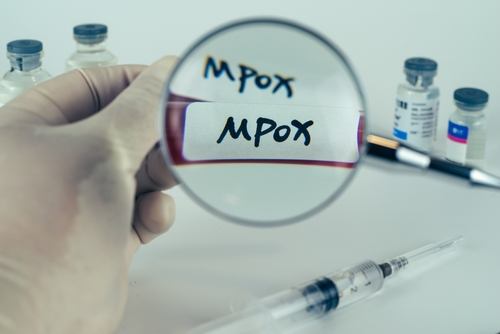
According to new research published in “Proceedings of the National Academy of Science,” scientists from the National Institute of Allergy and Infectious Diseases (NIAID) have developed a mouse model of the mpox virus (MPXV) as a way to demonstrate and understand aspects of its virulence.
Mpox, formerly known as monkeypox, was traditionally transmitted from rodents to non-human primates or people only occasionally and was generally restricted to several African countries. This changed last year when a worldwide outbreak fueled by person-to-person transmission occurred in more than 100 locations, leading to more than 80,000 cases.
As genome sequencing later revealed, this was due to a strain of mpox known as clade IIb, which differs from two historic clades. Fortunately, although it seemed more capable of transmission, it also provoked lower mortality rates than either of its forebears.
In this study, a team under Dr. Bernard Moss, chief of the Genetic Engineering Section of NIAID’s Laboratory of Viral Diseases, created a mouse model of the disease and used it to demonstrate the differences in virulence among the major genetic groups of MPXV. Until now, a small animal model of mpox had been unavailable, making it difficult to study how genetic differences contributed to observed differences in virulence. This was exacerbated by the fact that standard inbred lab mice are resistant to MPXV infection.
What the scientists needed, and eventually found, was a strain of wild-derived, inbred lab mice that lacked the MPXV resistance. They then tested the various clades of the disease on them, which revealed that clade Ilb is either evolving diminished virulence or adapting to other species. No mice died of the clade Ilb infection throughout the study, even though they were given extremely large doses of the virus.




